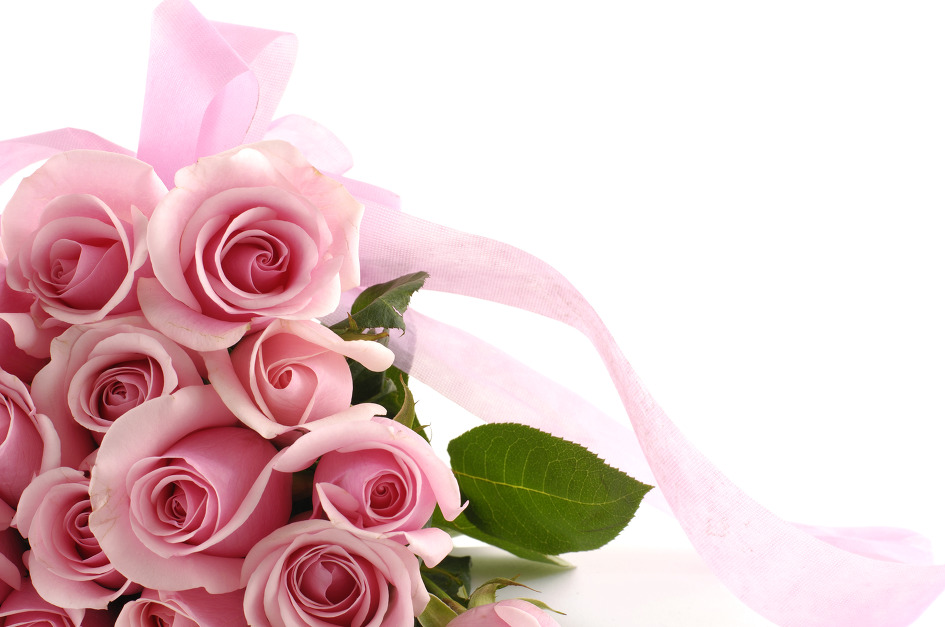Bougainvillea,
Hanbat Arboretum Tropical Garden
Evoking not only the true tropics but also sunny coasts as far north as
the Mediterranean, Bougainvillea was names after the French navigator, Louis de
Bougainville, who came across it during an 18th-century visit to Brazil.
The showy vine quickly because a garden favourite and has since been extensively
hybridized with forms and colours very different from those of the original plant.
By nature, Bougainvillea is a climber of scandent shrub with stems that can
reach several metres in length, usually clinging with the aid of curbed spines.
It can also, however, be clipped to form a hedge or trainded into tree-like and topiary
shapes with sizeable trunks. Most varieties have pale green ovate leaves in pairs; there is
also a form with variegated, green-and-white leaves.
The true flowers are amall , white , tubular, and insignificant, the bright color
being provided by surrounding bracts that appear i profusion. The most common colors
are purple or magents, but cultivated forms are available in all hues, from pure white
to orange, pink, and crimson. There are also varieties on which two colors pink or white,
for instance - appear on the same plant, and others with large double bracts.
The bracts usjally fall of their own accord, but those on the double bracts.
The bracts usually fall of their own accord, but those on the double-bract form remain
after turning brown and must be removed by hand to keep the plant from looking unsightly.
B. glabra and B. spectabilis are the species that have been most extensively cultivated,
and B. peruviana is also widly used in dry regions. Crossbreeding and hybridization have
produced a wide range of colours, bract sizes, and blomming frequency, along with an
equally large number of names, which may vary from region to region.
Bougainvillea always needs full sun to flower best and prefers dry or at least very
well-drained soil, whether grown in a garden or as a pot plant. Many varieties flower
profusely only during a prolonged dry period or, if grown in pots, When water is withheld
or limited; thery do particularly wel lin seaside gardens.
Hand pruning after flowering promotes bushy growth and more flowers.
Most forms are easily propagated by woody cuttings.
부케인빌리아(Bouquenvillea)는 열대성 분꽃과의 작은 교목, 또는 덩굴성 식물로
줄기에는 가시가 있는 것과 없는 것이 있는데, 열대나 아열대지방에서는 정원용으로 가꾸어지고 있는 상록성 식물이다.
빨갛게 피어 오르는 작은꽃 1~3 송이씩 3개의 화사하고 커다란 적색, 자색, 등색, 도색 등의 화포에 싸여 있어 실제 감상하는 부분은
꽃이 아니고 꽃을 싸고 있는 화포이다. 실제의 꽃은 허리 아래부분에 자루 모양의 빈약한 형태로 붙어 있다.
꽃을 잘 피우기 위해서는 9~10월 상순까지 가지를 잘라준다. 가지를 자르는 방법은 꽃이 진뒤 과감하게 깊이 잘라준다.
새가지의 끝에서 꽃이 피기 때문에 튼튼한 새가지로 만들어주어야 한다. 또한 햇빛이 얼마나 많이 받느냐에 따라 꽃눈이 생기는 정도가
달라지므로 햇빛을 많이 쬐는 것이 중요하다. 화분에 키울때는 분 밑으로 뿌리가 나오지 않도록 자주 분갈이를 해 준다.
깻묵을 화분 흙위에 화분 크기에 따라 3~4개씩 놓아주거나 물거름을 월 1회 정도 준다. 이식하는 시기는 3~4월에 하는 것이 좋다.
화분에 키울때는 여름에 밖에 내놓아 햇볕을 받게 하고 겨울에는 실내에 놓아 관수를 하여 휴면시킨다.
부케인빌리아(Bougainvillea)의 꽃말은 "정열"이다.
'Botanic Garden' 카테고리의 다른 글
| 날아오르는 한마리 새같은 "버드 오브 파라다이스" (0) | 2013.01.18 |
|---|---|
| 한밭수목원에 가면 맹그로브 테마숲이 있다 (0) | 2013.01.18 |
| 칼라테아, 브라질에서 온 강렬한 느낌 잎사귀 (0) | 2013.01.16 |
| 안투리움, 꼬리모양의 꽃 의미하는 라틴어 (0) | 2013.01.16 |
| 싱그러움 듬뿍 안겨주는 네프롤레피스 (0) | 2013.01.15 |










